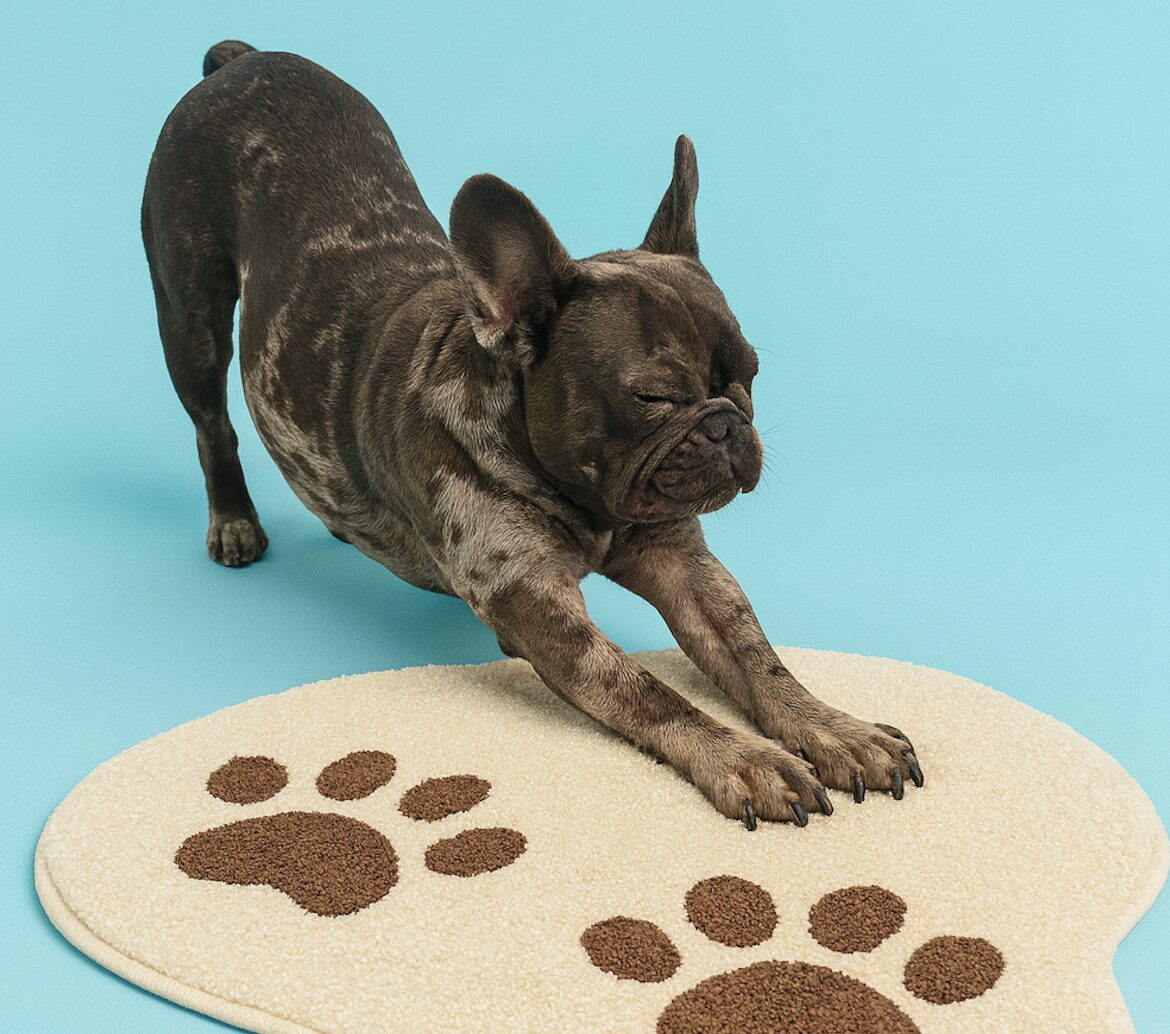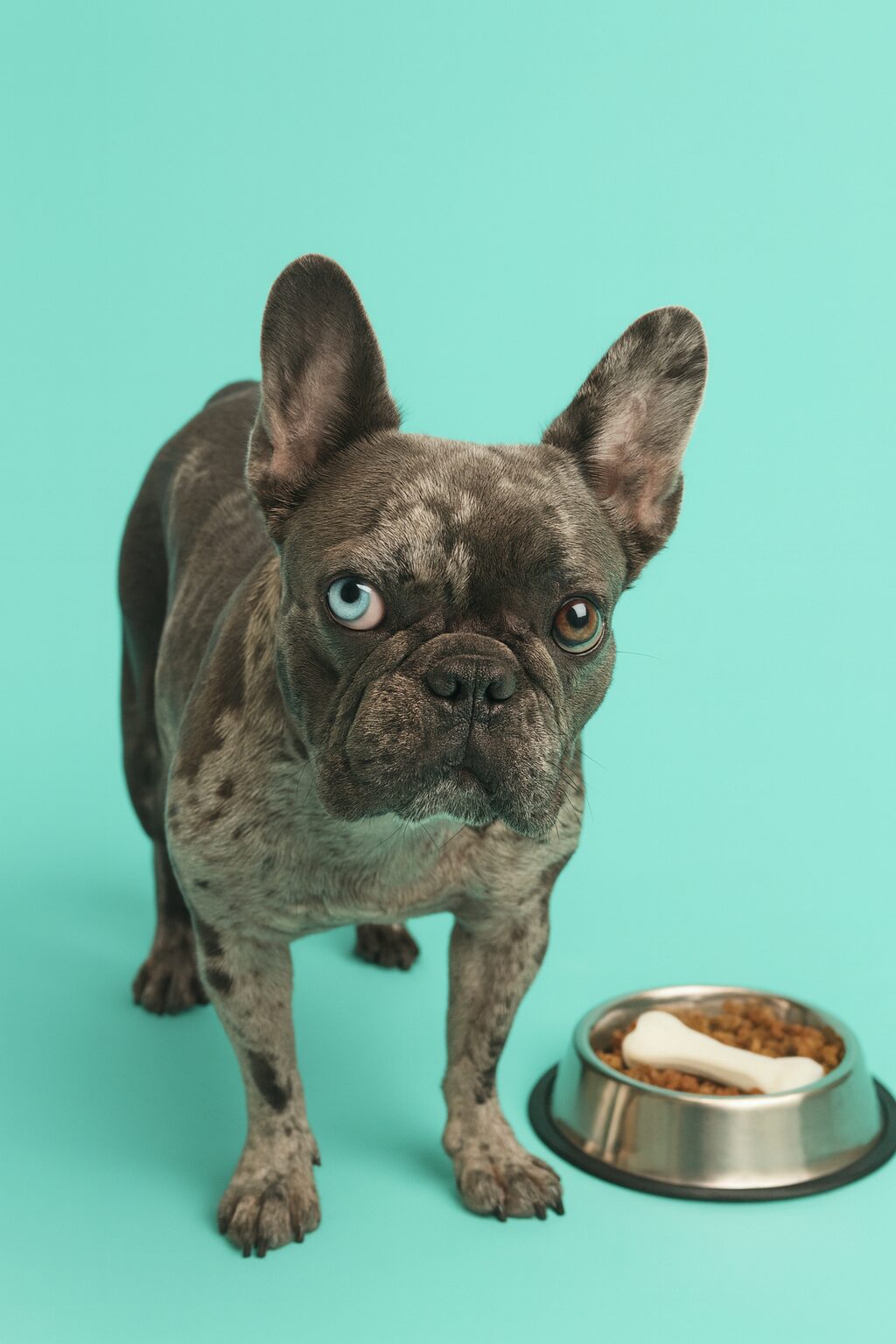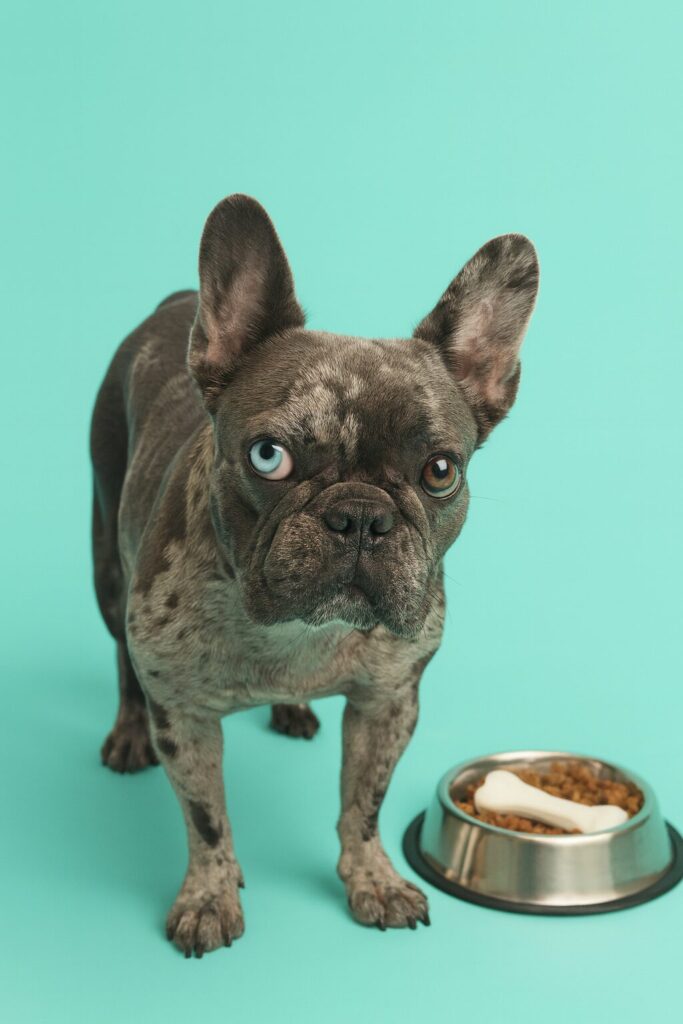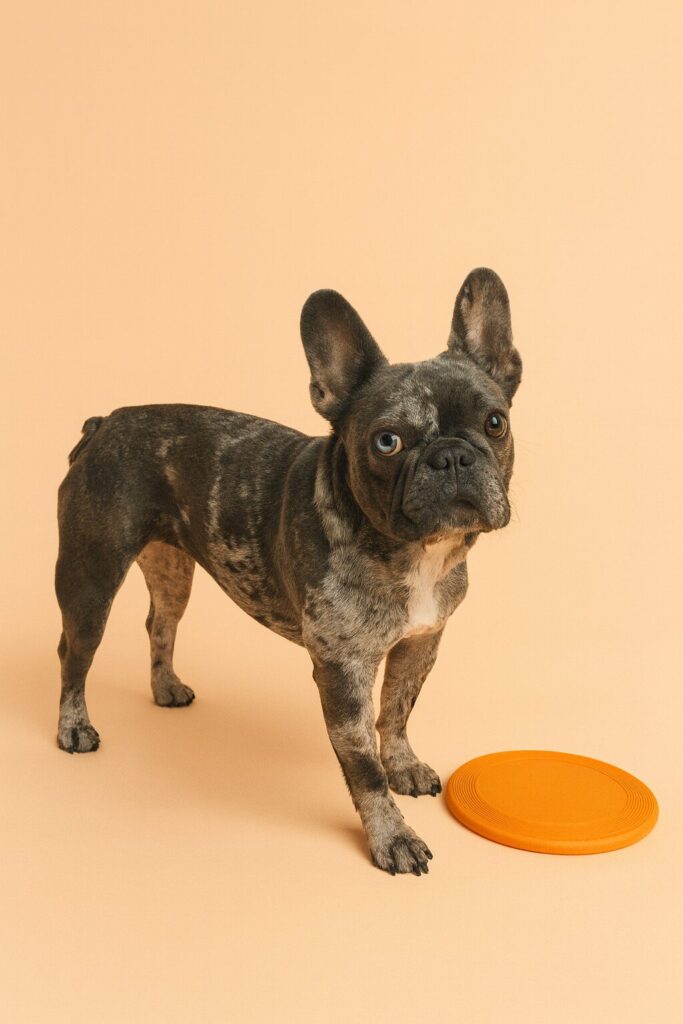Bringing a new puppy home? Get ready for kisses, zoomies, and… a few messy accidents. Potty training is one of the very first milestones you’ll face as a dog parent, and doing it right from the start can save you a ton of stress (and carpet cleaner).
In this 2025 edition, we’re breaking down the most effective, dog-positive potty training methods that work today — whether you’re raising a Frenchie like Maven or any other lovable pup.
🐾 Why Potty Training Can Be Tricky (and Totally Doable!)
Puppies are creatures of habit — but first, you have to create those habits.
Common potty training hurdles:
- Inconsistent schedule
- Confusing commands
- Lack of supervision
- Too much freedom too soon
Don’t worry — with the right approach, you’ll have your pup doing their business like a pro in no time.
✅ Step-by-Step Puppy Potty Training Plan (2025-Proven)
1. Set a Clear Routine
Take your puppy out first thing in the morning, after meals, naps, and every 2–3 hours. Consistency = faster results.2. Use a Designated Spot
Pick one outdoor area and take them there every time. The smell triggers the urge!3. Reward IMMEDIATELY
Use high-value treats and praise the moment they go. Don’t wait until you’re back inside.4. Crate Train for Success
Dogs won’t usually potty where they sleep. A properly sized crate can be your secret weapon for nighttime and when you’re away.5. Supervise Like a Hawk
Limit freedom until your pup is consistently going outside. Use baby gates or leashes indoors.6. Expect Accidents (But Stay Chill)
Never punish. Clean thoroughly with an enzyme cleaner and try again.
💡 Potty Training Tips from Real-Life Experience
- Track progress: Use a notebook or app to log accidents and wins.
- Use command cues: Say things like “Go potty!” every time.
- Nighttime whines? Take them out calmly and quietly. No play, just potty.
- Stay patient: Most pups are mostly trained by 4–6 months, but every dog is different.
🐶 Maven’s Favorite Potty Gear
Adjustable crate with divider panel
Reusable puppy pads (eco-friendly!)
Enzyme spray to remove scent completely
Treat pouch for quick rewards
🏁 Final Woof: You’ve Got This!
Potty training is a process, not a race. With time, love, and consistency, your pup will learn where to go — and you’ll gain trust, routine, and a whole lot of clean floors.
Want more training tips? Stick around Snort With Maven for more real-life dog care guides that keep it cute, clean, and chaos-free.
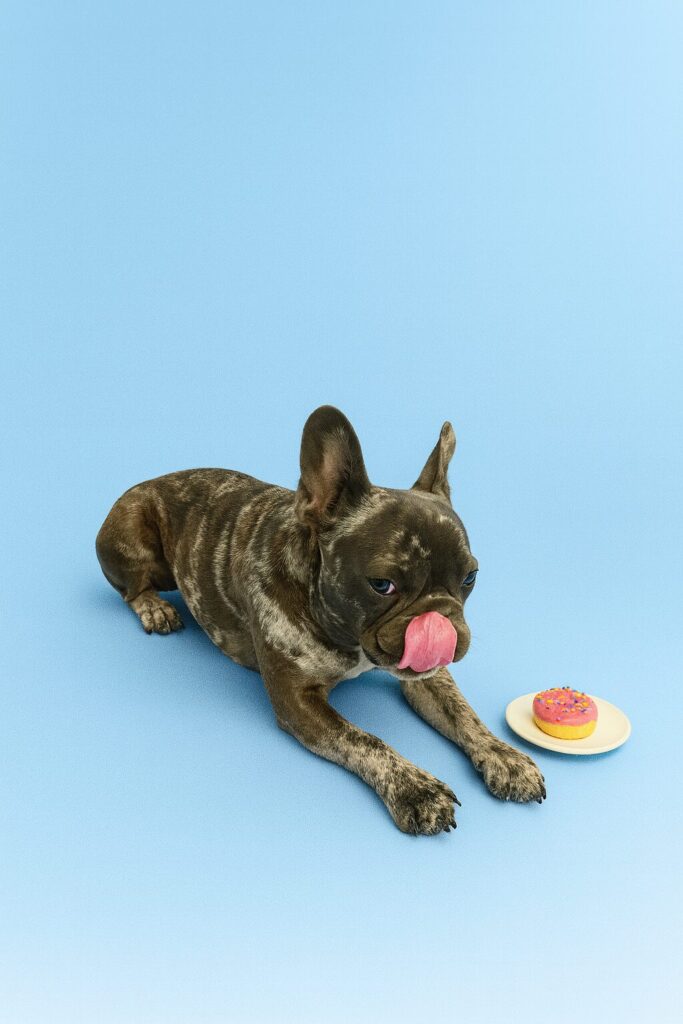
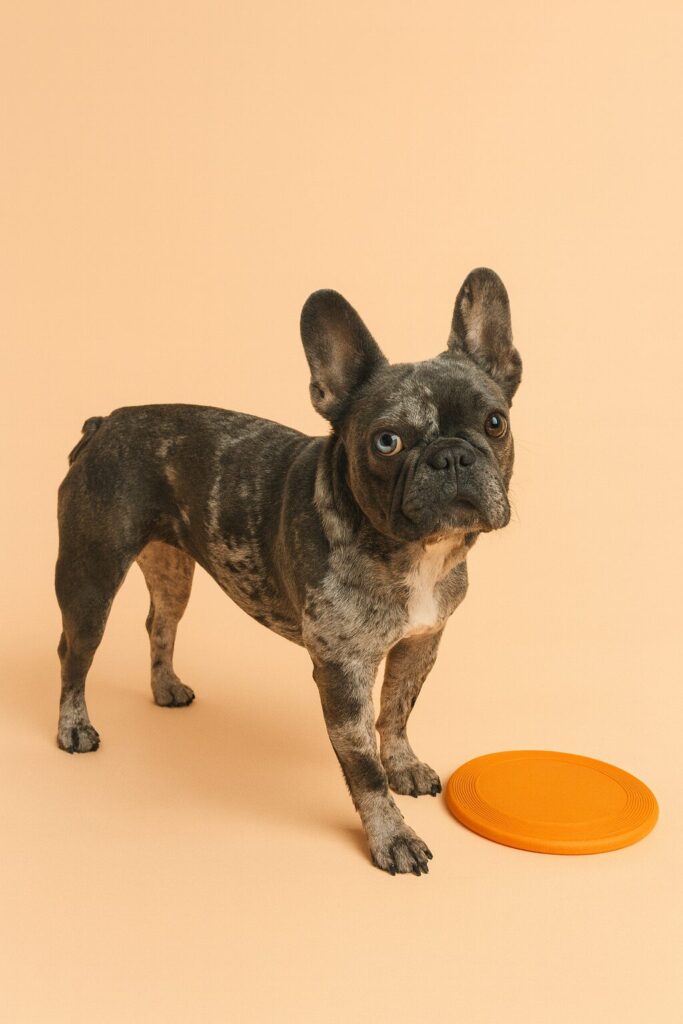
🐾 Meet Maven: A Book Full of Snorts, Sass, and Heart
Maven the Maybe-Something-Else is a heartwarming and hilarious picture book that celebrates identity, imagination, and the weirdly wonderful ways our pets show us who they really are. Inspired by the true story of a little Frenchie with a big personality, this story helps kids learn to love themselves — quirks and all.
